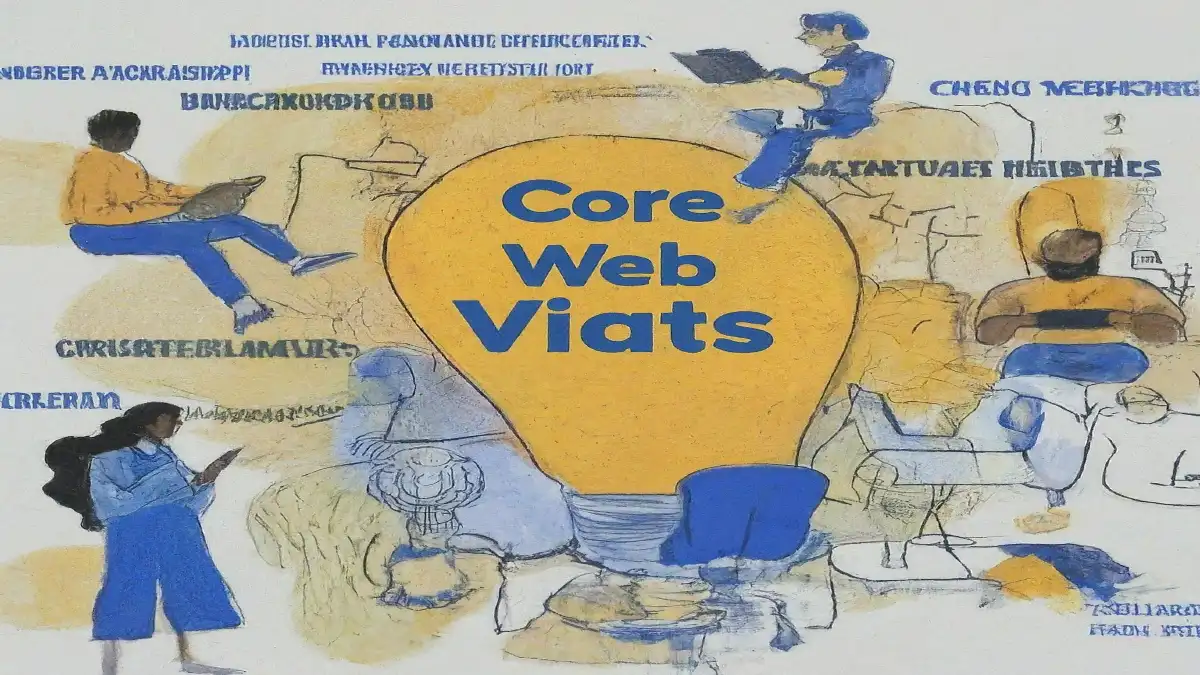Google Core Web Vitals Brings Next Paint Interaction in March 12th Rollout

In the ever-evolving landscape of digital experiences, Google continues to be at the forefront of shaping the web’s future. As part of its ongoing commitment to user-centric web development, Google has announced a groundbreaking update to its Core Web Vitals, set to roll out on March 12. This update promises to enhance the user experience by introducing Interaction to Next Paint, a significant leap forward in web performance.
Understanding Google Core Web Vitals
Before delving into the upcoming changes, let’s recap what Google Core Web Vitals are and why they matter. Core Web Vitals are a set of specific factors that Google considers essential for delivering a seamless and user-friendly web experience. These factors include loading performance, interactivity, and visual stability.
The three core metrics are:
- Largest Contentful Paint (LCP): Measures how quickly the main content on a page loads.
- First Input Delay (FID): Evaluates the responsiveness of a page by measuring the delay between a user’s first interaction and the browser’s response.
- Cumulative Layout Shift (CLS): Quantifies the visual stability of a page by assessing unexpected layout shifts during loading.
Evolution of Core Web Vitals: Interaction to Next Paint
The upcoming update focuses on enhancing the interactivity aspect of web pages by introducing a new metric – Interaction to Next Paint. This metric aims to bridge the gap between user interaction and the subsequent visual feedback on the screen. In simpler terms, it measures how quickly a webpage responds to user input, ensuring a smoother and more responsive user experience.
Why Interaction to Next Paint Matters
In the fast-paced digital era, users demand instant gratification and seamless interactions. The time between a user’s action and the corresponding on-screen response is crucial for user satisfaction. With Interaction to Next Paint, Google aims to optimize this crucial aspect of web performance, ultimately leading to happier users and better-performing websites.
Key Features of Interaction to Next Paint
1. Real-time Interaction Analysis
The new metric will provide web developers and site owners with real-time insights into how quickly their pages respond to user interactions. This analysis will enable them to identify and address any bottlenecks affecting the user experience promptly.
2. Comprehensive Reporting
Google will offer detailed reports highlighting the performance of web pages concerning Interaction to Next Paint. These reports will include actionable recommendations for improvement, empowering developers to optimize their websites effectively.
3. Integration with Existing Core Web Vitals
Interaction to Next Paint seamlessly integrates with the existing Core Web Vitals metrics. This holistic approach ensures that web developers can comprehensively assess and enhance their websites’ overall performance.
How to Prepare for the March 12 Update
As the rollout date approaches, web developers and site owners should take proactive measures to ensure their websites are ready for the Interaction to Next Paint update. Here are some essential steps to consider:
1. Conduct a Thorough Performance Audit
Review your website’s current performance using tools like Google PageSpeed Insights, Lighthouse, or Chrome DevTools. Pay particular attention to the existing Core Web Vitals metrics, as well as potential areas for improvement related to user interactions.
2. Optimize for Speed and Responsiveness
Prioritize optimizations that enhance the speed and responsiveness of your website. This may involve minimizing JavaScript and CSS files, optimizing images, and leveraging browser caching to reduce load times.
3. Emphasize User Experience
Ensure that user interactions on your website are smooth and intuitive. Test different scenarios, such as form submissions, button clicks, and other interactive elements, to identify and address any delays or performance issues.
4. Leverage Browser Tools
Use browser developer tools to simulate user interactions and analyze how your website responds. Identify and address any bottlenecks or delays in the Interaction to Next Paint process.
The Road Ahead: A Collaborative Effort
The evolution of Core Web Vitals reflects Google’s commitment to fostering a web environment that prioritizes user experience. However, this journey requires collaboration between platform providers, web developers, and site owners. By staying informed and actively participating in the optimization process, the entire web community can contribute to a faster, more responsive, and user-friendly internet.
Conclusion
As the digital landscape continues to evolve, prioritizing web performance becomes increasingly vital. Google’s Core Web Vitals update on March 12, introducing Interaction to Next Paint, marks a significant milestone in this ongoing journey. By understanding the importance of this new metric and taking proactive steps to optimize websites, developers and site owners can ensure that their online presence remains at the forefront of the user-centric web. Embrace the future of web performance – where every click, tap, and interaction is met with instantaneous and visually satisfying feedback.
